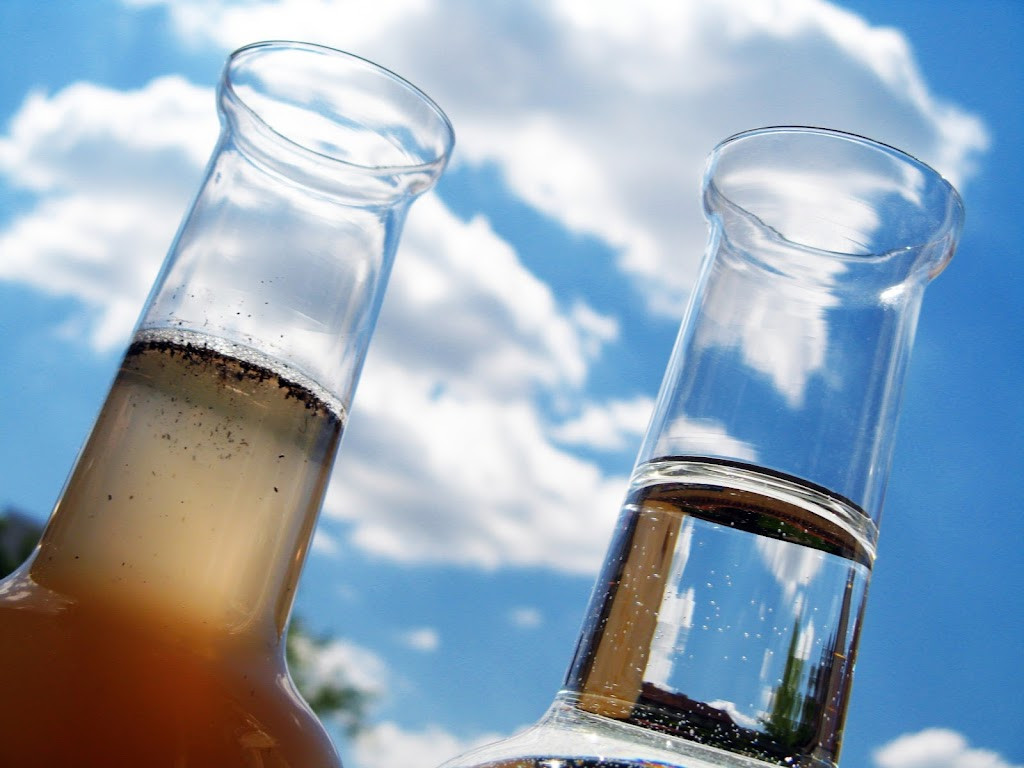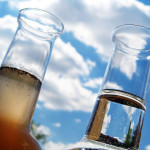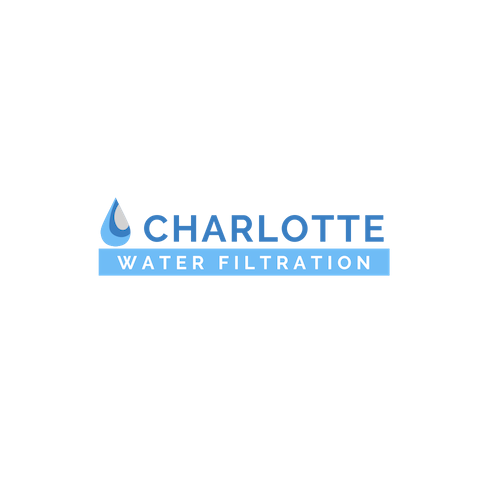One thing many people aren't aware of is the fact that there are millions of invisible creatures living in our water supply. This includes bacteria, which can be good or bad and cause illnesses.
It might be better to assume that your tap water is not completely clean and safe. Old pipes, natural factors, and the system's effects allow bacteria to potentially grow in your water supply.
Your water at home may be contaminated without you knowing. Here are common bacteria that may be thriving in your drinking water:
6 Common Types of Bacteria Found in Your Drinking Water and What to Do if the Levels Are Too High
Coliform Bacteria
The group of bacteria known under the name "coliform bacteria" is found all around the place everywhere. Some bacteria (called fecal coliforms) in this group could cause illness, but other bacteria in this group can sometimes be present without issue.
For example, drinking water with E. Coli can result in intestinal inflammation. An E. coli infection can cause a lot of symptoms, such as cramps and diarrhea, as well as fever. The bacteria will typically be treated with antibiotics to stop the condition from worsening
Testing is the only way to confirm what type of bacteria is active in the water and how high it is. If your water tests are positive for coliform bacteria, you should test your water system again.
You might have to deal with an E. coli outbreak since the bacteria are more likely to grow when there are high amounts of coliform in the water. If you want to ensure that the potentially dangerous bacteria in your water are removed, you should consider looking into treatment systems.
Campylobacter jejuni
Campylobacter is one of the most common bacteria found in the environment. It can be found in water, food, soil, and even on animals. This bacterium causes diarrhea, cramps, and fever that can last for up to 3 weeks.
Campylobacter Jejuni is a type of Campylobacter bacteria that infects humans through ingestion or contact with contaminated food or water. The infection is generally not life-threatening and does not lead to long-term health problems.
Campylobacter jejuni infections are usually milder than other types of Campylobacter infections but can still cause symptoms such as diarrhea, cramps, fever, fatigue, and abdominal pain.
Legionella Pneumophila
Legionella pneumophila is a bacteria that causes Legionnaires’ disease. This bacterium is found in hot water systems, such as those found in buildings, air conditioning units, and hot tubs.
The first signs of Legionnaires’ disease are flu-like symptoms that can last up to two weeks. These symptoms can include fever, headache, and muscle aches.
The best way to prevent the spread of this bacteria is through regular maintenance of the water systems.
Cryptosporidium
Cryptosporidium is a parasite that causes an infection in the intestines. It can be found in raw water sources, such as lakes, rivers, and streams.
The Cryptosporidium parasite is spread through contact with contaminated surfaces or materials like food or soil. If you come into contact with the parasite through these routes then it will enter your body via your mouth and stomach. Once inside your body, it will make its way to the small intestine where it will cause an infection called cryptosporidiosis which can lead to serious health complications if not treated properly
The Cryptosporidium parasite is spread through contact with contaminated surfaces or materials like food or soil. If you come into contact with the parasite through these routes then it will enter your body via your mouth and stomach. Once inside your body, the parasite will attach to your intestinal wall and multiply.
Giardia/Girdia Lamblia
Giardia is a type of parasite that causes diarrhea, cramps, and abdominal pain. In rare cases, it can cause serious complications such as dehydration and kidney failure.
Giardia is commonly found in lakes or streams where there are animals that carry the parasite. It's also found in some types of soil or mud where people may have walked barefoot without washing their feet first.
If you think you may have giardia in your drinking water, the best way to find out is to use a home test kit from your local hardware store or pharmacy. If you test positive for giardia parasites, then you should contact your local health department immediately for treatment options.
Salmonella
Salmonella is a bacteria that causes food poisoning. In the United States, salmonella is often found in raw eggs and chicken. However, this bacteria can also be found in water supplies.
Salmonella contamination of drinking water is an increasing concern for public health officials, especially as the incidence of this infection increases. This article will discuss how to prevent salmonella from getting into your drinking water and what you can do if you have already been exposed to it.
Underground water sources sometimes contain microorganisms. If this bacteria or a virus is detected, and if contaminants can't be controlled, the water must be treated and then packaged in sealed containers on site for consumption.
How to Keep Your Drinking Water Safe
It's important that you stay hydrated, especially in the summer months when it's hotter and your body needs more fluids. However, there are many different ways to keep your drinking water safe from harmful bacteria and contaminants.
- Boiling Water
Boiling is the best way to ensure that your drinking water is safe, clean, and free of bacteria. If you do not have a stove, or if it's not possible to boil your water on the spot, use a cooler with ice or fill a freezer bag with ice cubes and pour them into your cooler full of tap water.
If you would like to use an alternative method, such as using a portable chemical compound called iodine or using an electric multi-tool (be sure to remember the protective gloves), there are many articles online that can help walk you through the process.
- Buy Filtered Tap
Water filters can be found at your local store and are designed to reduce bacteria, contaminants, turbidity, and other substances in tap water before it enters the home.
They work by using a pore size that is smaller than bacteria's cells so they cannot enter the water but may pass through to impact other parts of the home (such as countertops).
They also use activated carbon which has been proven to remove more than 90% of chlorine from tap water.
- Don't Drink Unfiltered Tap
Water filters are not effective against viruses like bacteria and many chemicals like pesticides or herbicides. They also cannot remove all of the chemicals in tap water like lead, mercury, or copper. If you want to keep your family healthy, stick to filtered tap water.
Drinking water should always be clean. Check your filters at home or put them in a refrigerator to make sure the water is cold. If you're not into drinking bottled water, there are plenty of affordable solutions for at-home filtration.
Talk to us at Charlotte Water Filtration about your water filtration needs!



























